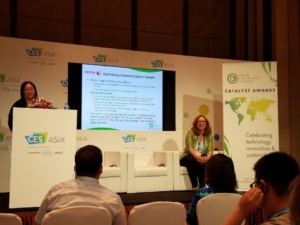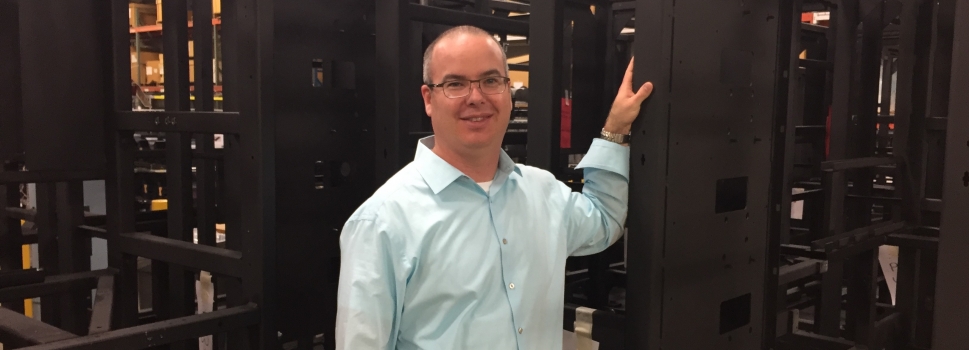By Emily Drzewiecki
Since Xerox invented two-sided copying in the early 1960s and automatic power-down settings for printers in the 1980s. The company has continued to incorporate sustainability and corporate social responsibility into the fabric of each product and policy. June 2017 has been an incredibly active month for Xerox in terms of the environmental and social returns of endeavors that are making for a greener world.
Xerox wins Green Electronics Council’s Catalyst Award
 Earlier this month, CES Asia opened its tradeshow doors to nearly 34-thousand industry experts and enthusiasts of consumer electronics. In addition to the main showcase of flashy new tech, a number of companies were recognized for their ongoing leadership in designing, manufacturing and using technology to advance global sustainability. The Green Electronics Council has bestowed its Catalyzing Impact at Scale Award upon Xerox for our global reverse supply chain initiative that contributes to a robust circular economy.
Earlier this month, CES Asia opened its tradeshow doors to nearly 34-thousand industry experts and enthusiasts of consumer electronics. In addition to the main showcase of flashy new tech, a number of companies were recognized for their ongoing leadership in designing, manufacturing and using technology to advance global sustainability. The Green Electronics Council has bestowed its Catalyzing Impact at Scale Award upon Xerox for our global reverse supply chain initiative that contributes to a robust circular economy.
For more information about Corporate Social Responsibility at Xerox see our Report on Global Citizenship.
This initiative helped Xerox realize over $127 million in cost benefit, save over 115 million pounds of greenhouse gasses, decrease cross-continental transportation, and promote social sustainability. Xerox’s global team leads the industry with a truly innovative and sustainable reverse logistics system.

RIC-RIT World Remanufacturing Conference
What’s the latest buzzword in sustainability? Circular economy. This hot topic was the premise of a conference hosted by the Rochester Institute of Technology and Remanufacturing Industries Council. The Xerox-sponsored event welcomed experts in remanufacturing from industries across the globe to discuss the economic and environmental impacts of re-using and re-purposing materials when manufacturing new products — hence “RE-manufactured.”
The idea of building products with materials intended for reuse has been in practice at Xerox since the early 1990s. Other companies, including General Motors and John Deere, also design products for multiple lives, build reverse logistics capability, develop diagnostic tools that evaluate the condition of parts, and apply a new “life cycle” based financial model. (In the photo at the top of the article, Kevin Kelley, Xerox Plant Manager in Webster, N.Y., hosted a conference tour of the manufacturing facility and shared Xerox’s techniques for remanufacturing.)
Today’s “reman” world is propelled by economic forces as well as a demand for sustainability and environmental protection. According to industry publication Reman World, the value of U.S. remanufactured production has grown 15 percent between the years 2009 and 2011, and the industry is valued at $43 billion. In fact, remanufacturing contributes an estimated 180,000 full-time U.S. jobs.




Very thought provoking information!!!